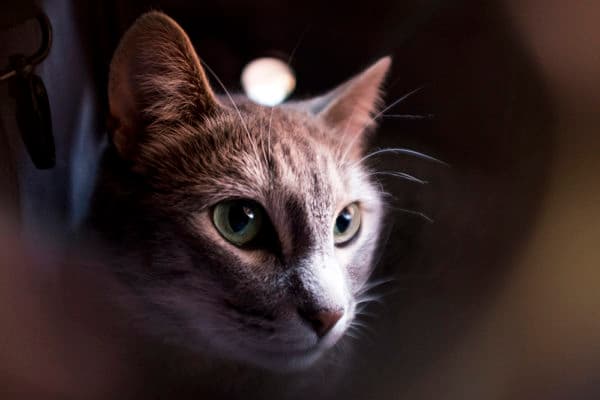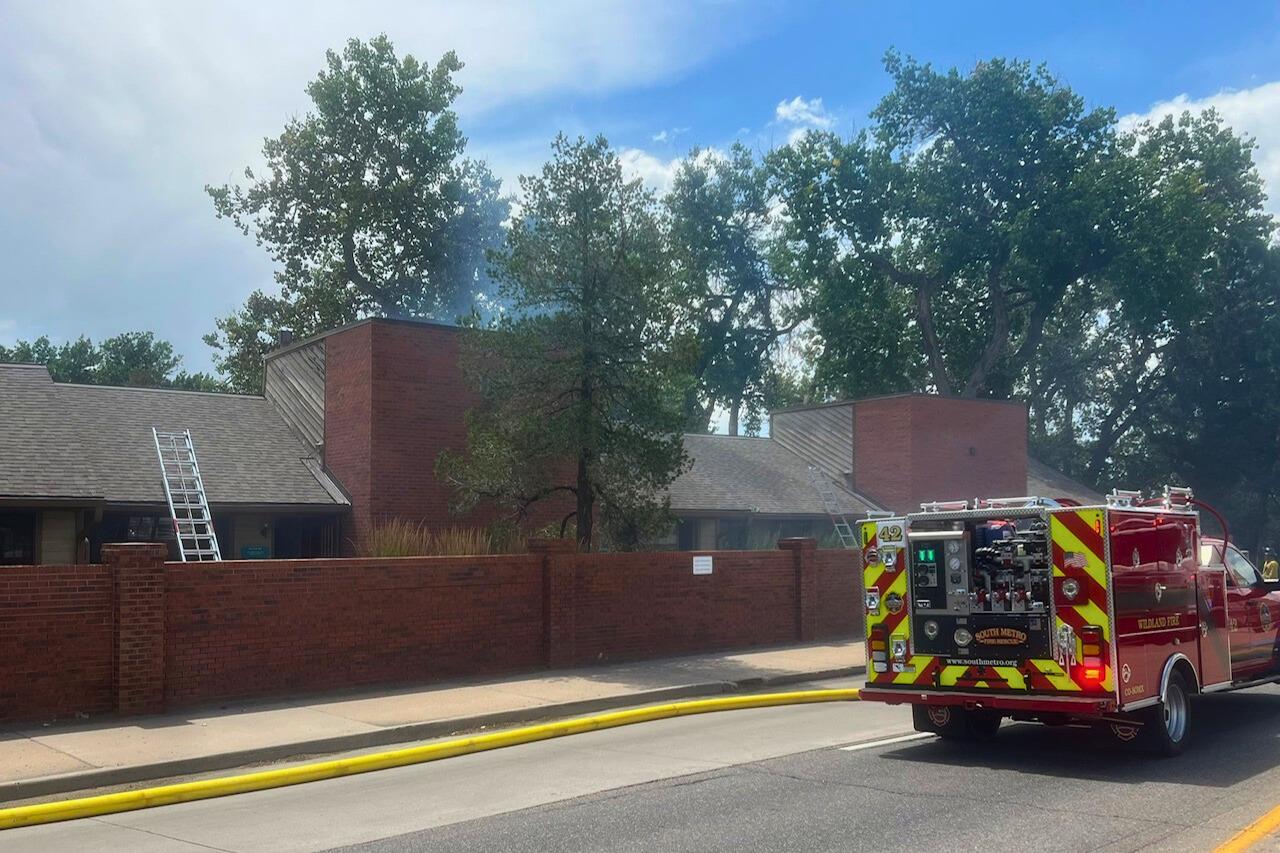
A bill under consideration by the Denver City Council would make it illegal to declaw your cat, unless it was deemed medically necessary. Councilwoman Kendra Black, the bill's sponsor, called it a "cruel practice" in an email to fellow council members asking for their support.
"Most people don't think about it," Black said in an interview. "If you hear the term declawing, you might think it's a simple procedure. It's been sold to pet owners as, 'Oh, we can spay or neuter your cat, and declaw them at the same time,' and they don't understand how awful it is. It's like chopping off the last knuckle of your finger."
Professional veterinary societies tend to discourage the practice but have opposed efforts to legislate it based on the idea that more cats will be abandoned for problem scratching if declawing is not an option -- though that has not been the experience of California cities that have banned the procedure.
Black decided to sponsor the bill at the request of Dr. Aubrey Lavizzo, a Denver veterinarian who is active in the campaign to ban declawing as the Colorado director, Eastern Slopes, for the Paw Project. They became friends after serving together on the social consumption advisory committee, and he told Black about his concerns about cat declawing.
The bill is very short: It says that it shall be unlawful for any person to declaw a cat, and if you are going to declaw a cat, it must be done by a licensed veterinarian using anesthesia and done for a medically necessary reason, such as pain, infection, injury or a congenital deformity that could cause pain or injury.
Black said that if the bill were to pass, a committee would draft rules around enforcement, and the penalty likely would be a fine.

I asked Black if she has cats. She does not.
"I have a dog," she said. "Who digs holes in my backyard, and I would never cut off his toes because he digs holes in my backyard."
The Colorado Veterinary Medical Association sees some reasons for declawing.
An FAQ on the association's website includes a question on cat declawing. The association discourages the practice and treats it as a last resort solution to problem scratching.
Both the American Animal Hospital Association and the American Veterinary Medical Association state that de-clawing of domestic cats should be considered only after attempts have been made to prevent the cat from using its claws destructively or when its clawing presents a health risk for its owner(s).
The following points should be considered before discussing de-clawing with your veterinarian:
Scratching is a normal feline behavior, is a means for cats to mark their territory both visually and with scent, and is used for claw conditioning (“husk” removal) and stretching activity.
Owners must provide suitable implements for normal scratching behavior.
However, the association allows there are instances where declawing is better than the alternative.
Scientific data do indicate that cats that have destructive clawing behavior are more likely to be euthanatized, or more readily relinquished, released, or abandoned, thereby contributing to the homeless cat population. Where scratching behavior is an issue as to whether or not a particular cat can remain as an acceptable household pet in a particular home, surgical onychectomy may be considered.
There is no scientific evidence that de-clawing leads to behavioral abnormalities when the behavior of de-clawed cats is compared with that of cats in control groups.
However, the American Association of Feline Practitioners does not support declawing. Their position statement opens with, "The American Association of Feline Practitioners strongly opposes declawing (onychectomy) as an elective procedure. It is the obligation of veterinarians to provide cat owners with alternatives to declawing."
Would a declawing ban actually lead to more cats being given up?
That wasn't the experience of the city of Los Angeles, its general manager Brenda Barnette said in a letter to Black. Los Angeles has had a ban on declawing for five years now, and the number of cats relinquished actually has actually gone down pretty dramatically in that time.
The AAFP says the scientific literature does not support the idea that declawing prevents relinquishment or abandonment.
"There is no current peer-reviewed data definitively proving that cats with destructive behavior are more likely to be euthanized, abandoned or relinquished. The decision of whether or not to declaw should not be impacted by these considerations," the association says.
Lavizzo didn't learn how to declaw cats when he went to vet school in the 1960s, and he identifies the 1980s as the time period when the procedure became more common. The few studies out there that attempt to count the number of declawed cats find that between a fifth and a quarter of American cats are declawed.
Lavizzo performed the procedure for years after he went into practice with another vet who already did it, but as he learned more about animal pain, he decided to stop.
Lavizzo strongly disputes the assertion that declawing doesn't affect cat behavior. (I reached out to the state veterinary association, but no one was available Friday. I'll update this post when I hear back from them.) Cats who are declawed experience significant pain and related health problems after the procedure, Lavizzo said, but it's not always recognized because cats don't express pain in ways that we can see.
Why is it so bad? Unlike the human fingernail, which just sits on top of your finger, a cat's claw grows from its last knuckle, the third phalanx. Declawing procedures cut through the bone, but Lavizzo said the most common techniques are not very precise and often leave bone fragments along with injured bone tissue inside the cat's paw. The procedure also severs tendons and prevents cats from walking on their toes as they should, leading to problems with gait and balance and causing arthritis and back pain.
Cats that are declawed can be more prone to biting, he said, and to not using the litter box because scratching in the litter hurts them. These behaviors can also lead to cats being abandoned or relinquished.
Lavizzo believes declawing continues because it's a profitable procedure for vets, and he doesn't think the justifications actually support the practice.
"How can you justify cruelty that way?" he asked. "That's where we need to stop the conversation."
Next steps:
The Safety, Housing, Education and Homelessness Committee meets at 10:30 a.m. Oct. 25 to discuss the bill. The committee meets in Room 391 of the City and County Building, 1437 Bannock St.
There will be 15 minutes of public comment, at two minutes per speaker.
If the bill advances out of committee, it will be voted on by the full council.













